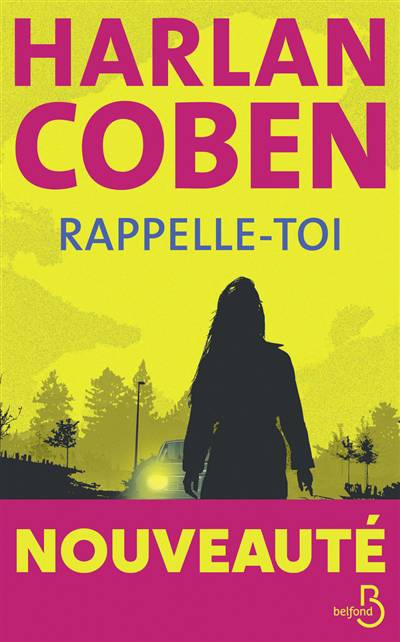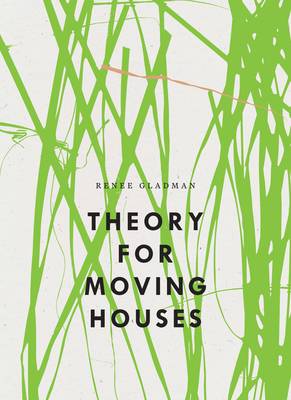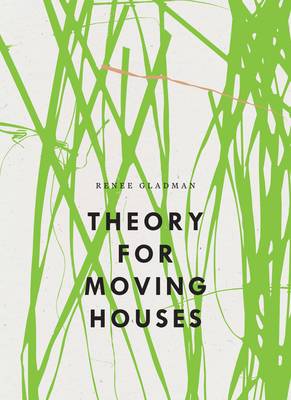You are asking me where I live and it's making me think all these things about space, where I start and end in space and where space starts and ends in me and when, in
space, I am a body and when I'm a book, in space.
So begins Renee Gladman's
Theory for Moving Houses, and with these lines we are invited into a liminal space of imagination and investigation, as Gladman guides us through the architectures of her poetics. Foundational here is a sense of fluidity, a slippage of time, a devotion to "non-linear and hyper gestural movement," a communal spirit. Her inquiry into her intersecting practices of writing and drawing reveals a deep commitment to uncertainty and "fictional knowing." Yet again, Gladman upends traditional expectations of prose, as she leads us through landscape of her Ravicka series novels, ultimately surprising us with a novel within nonfiction. The latest volume in Wave's Bagley Wright Lecture Series,
Theory for Moving Houses is not only visionary it its contemplations but also is a virtuosic example of the ways in which language can shape utopian sites of possibility.











